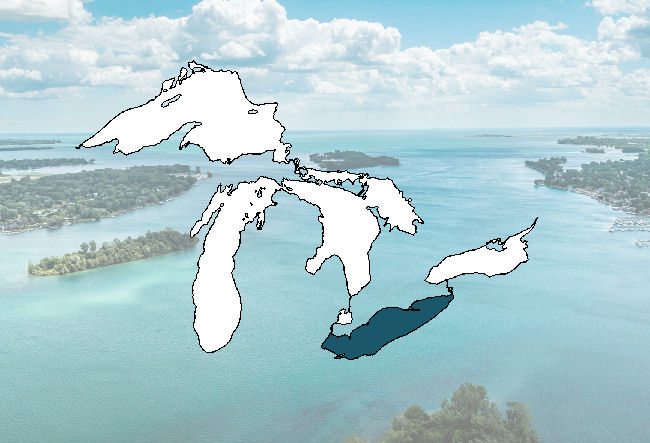Michigan Governor Gretchen Whitmer and state leaders have released a Final Adaptive Management Plan to address the surge of harmful algal blooms in Lake Erie and help protect the health and future of water quality in the lake.
The plan serves as a companion document to the Domestic Action Plan, and highlights three focus area for reducing the amount of nutrients from fertilizer, wastewater and erosion entering Lake Erie that lead to harmful algal blooms. This includes reducing loads from specific outlets and general run-off areas; wetland restoration, green stormwater infrastructure, and improved land conservation practices; and engagement with partners and the public.
“In Michigan, we are defined by our Great Lakes, and we have to work together to protect these precious natural resources for future generations and our economy,” says Governor Whitmer. “We know that harmful algal blooms are caused by a number of sources in Michigan’s portion of the Western Lake Erie Basin and beyond. While it will be challenging to reach our 40% nutrient reduction goal, I know we can get it done. Together, we will make the investments we need to reduce algal blooms and continue working to protect our Great Lakes.”
The plan, created jointly by a senior management working group from MDARD and the departments of Environment, Great Lakes, and Energy (EGLE) and Natural Resources (DNR), aims at a 40% reduction of total phosphorus and soluble reactive phosphorus by 2025.
To learn more about the plan, join the public webinar on February 7 from 1:00- 2:30 p.m. To register for the webinar, visit https://bit.ly/3oEq6Lt.




